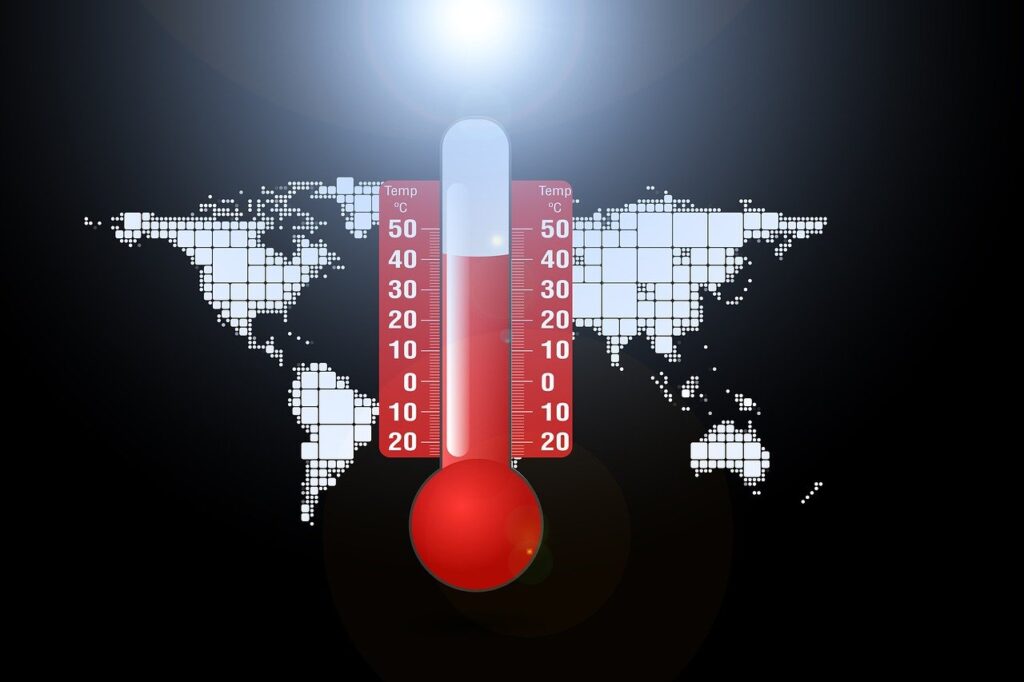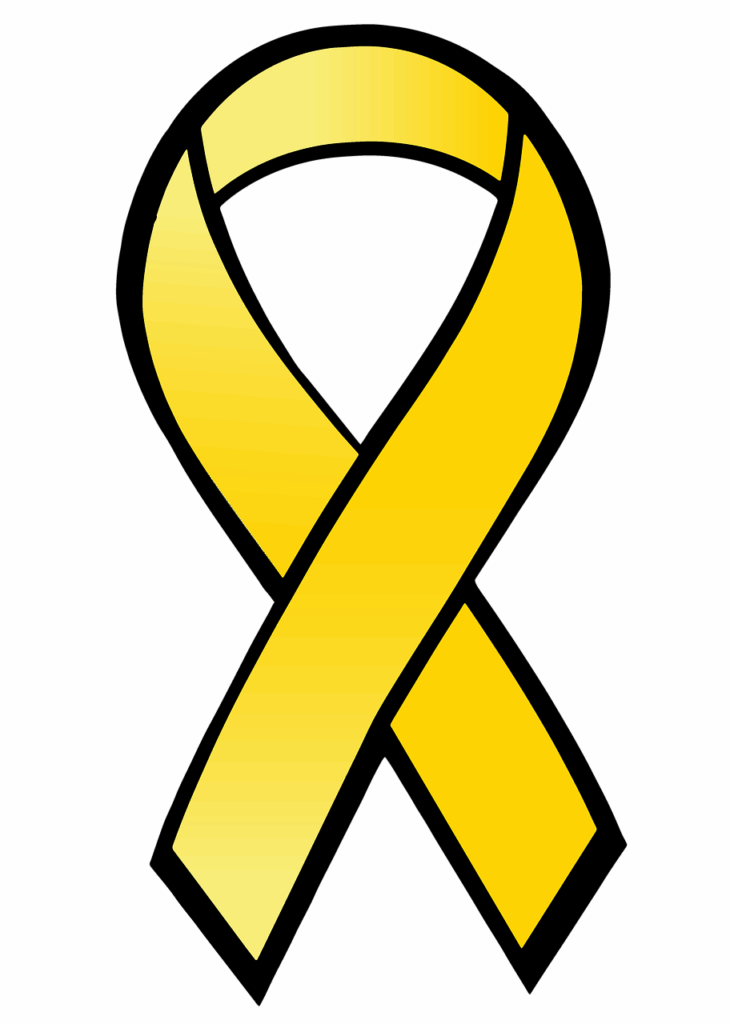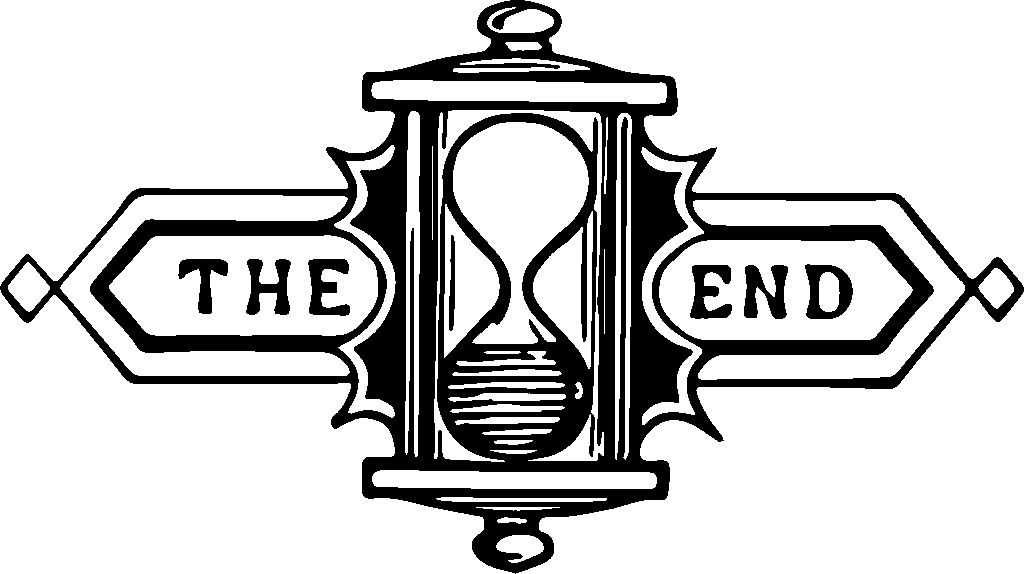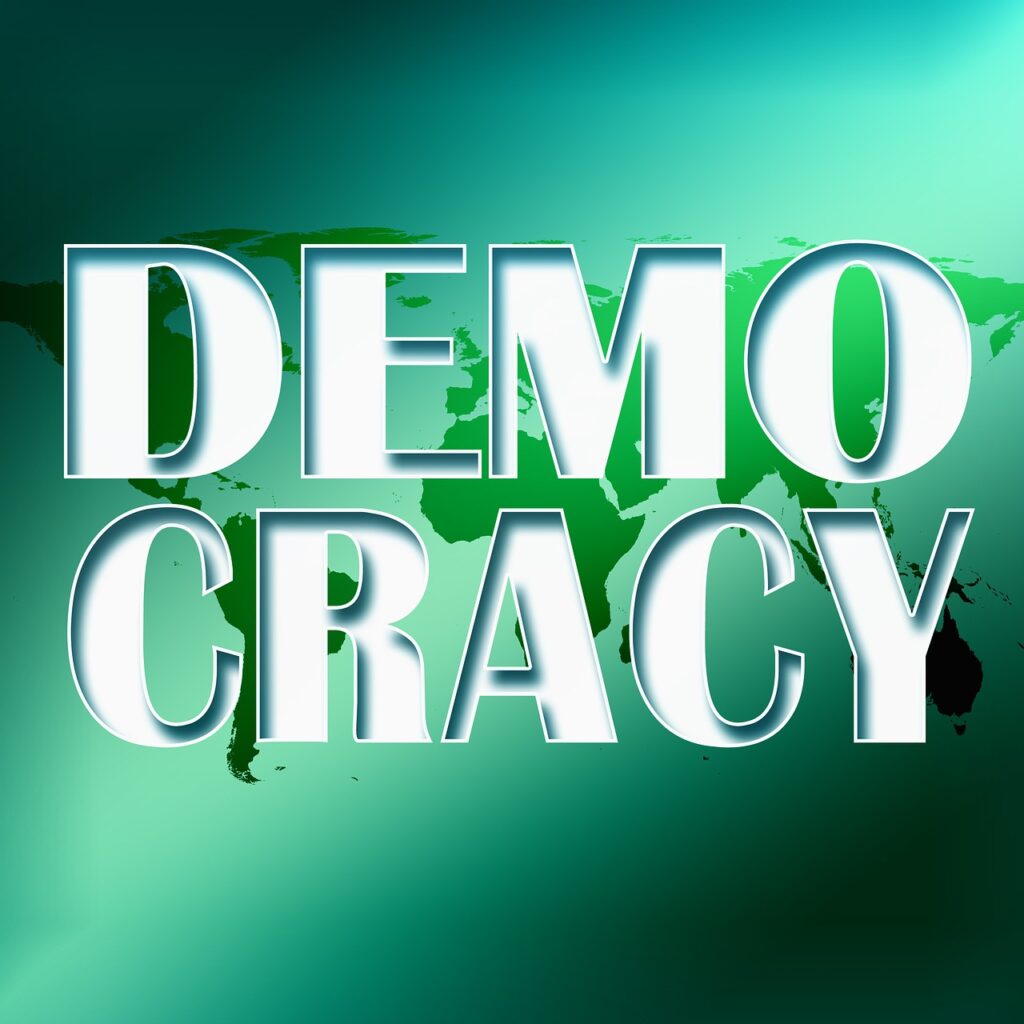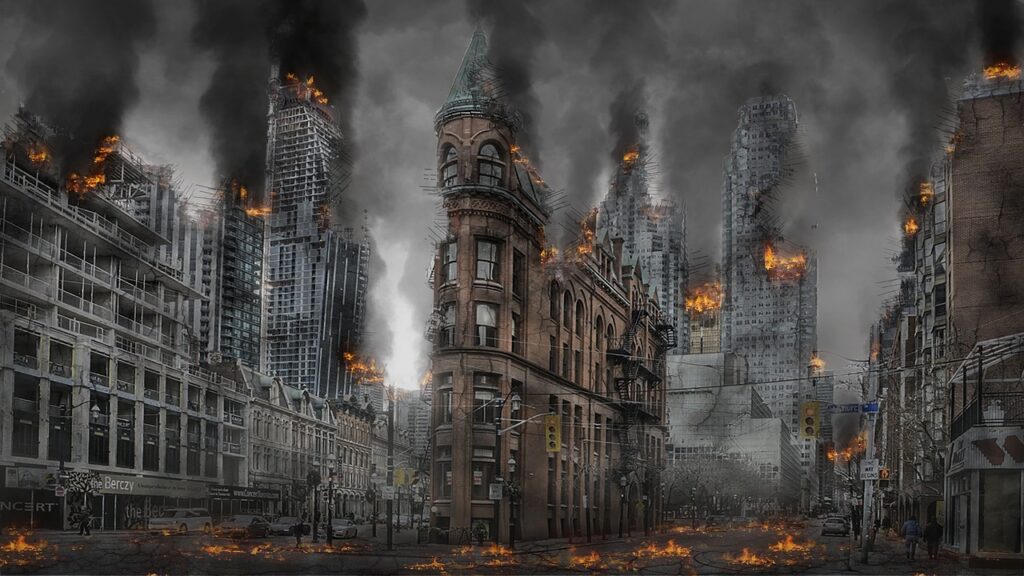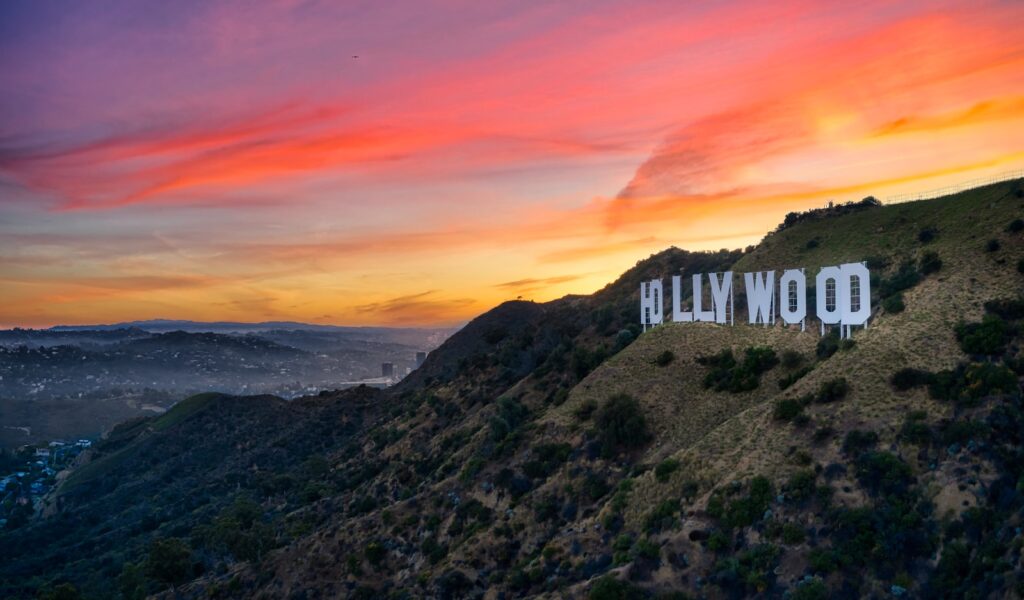The 1980s! What a decade, right? Forget the neon, the big hair, and the questionable fashion choices for a moment. Beyond the surface, the Eighties were a powerhouse of seismic shifts, a period where the seeds of our modern world were firmly planted, often in ways that felt like they were ripped straight from a Hollywood script. It was a time when the impossible suddenly became possible, and the future felt like it was rushing towards us at warp speed.
Seriously, if you thought the 80s were just about synth-pop and shoulder pads, think again! From groundbreaking scientific breakthroughs to earth-shattering geopolitical events, this decade was a wild, unpredictable ride that left an indelible mark on everything that followed. These weren’t just headlines; they were real-life dramas, thrilling narratives of human ingenuity, global conflict, and stark reality checks that still echo in our daily lives.
So, buckle up, because we’re diving deep into 7 epic moments from the 1980s that were so utterly ahead of their time, they practically predicted the future. These are the stories that, even today, feel incredibly relevant, reminding us just how much the ’80s shaped the world we live in. They were literally like movies unfolding before our very eyes, and we’re still living out the sequels!

1. **The Rise of Personal Computing & Digital Networks**
Remember a world without the internet? The 1980s laid the foundational wiring for our hyper-connected reality, transforming computing from niche laboratory equipment into something for everyone. It all began when “The 1981 IBM Personal Computer is released,” a moment that democratized technology and brought powerful computing to businesses and homes alike. This wasn’t just a gadget; it was a revolution in a beige box!
Then came another game-changer: “In 1984, the Macintosh popularized the WIMP style of interaction.” This meant Windows, Icons, Menus, and Pointer – the graphical user interface we now take for granted. Before the Mac, computers were largely text-based, but the Macintosh made computing intuitive, visual, and genuinely fun. It suddenly felt like something out of a sci-fi flick.
The real, mind-blowing, future-predicting magic happened with networks. “The global internet took shape in academia by the second half of the 1980s,” evolving from earlier, more limited connections. Computers weren’t isolated islands; they were starting to talk to each other through networks like USENET, Fidonet, and bulletin board systems (BBS). These were the primordial soup of our social media age.
By 1989, “the Internet and the networks linked to it were a global system with extensive transoceanic satellite links and nodes in most developed countries.” Tim Berners-Lee formalized the concept of the World Wide Web in this same year, building on previous work. This was literally inventing the future, piece by interconnected piece. The digital revolution we’re living through? It all started with these visionary ’80s moments.
Read more about: Totally Rad or Totally Retrograde? 15 Wild ’80s Moments That Were Basically Forgotten Comedy Gold

2. **The Dawn of Genetic Technology & Reproductive Science**
Hold onto your lab coats, folks, because the 80s didn’t just tinker with silicon; they dove headfirst into the very building blocks of life itself! This decade witnessed “great advances in genetic and digital technology,” pushing the boundaries of what was considered possible in biology and medicine. It felt like science fiction unfolding in real-time, raising profound ethical questions.
One profound leap occurred when “the first genetic modification of 10 adult human beings took place in May 1989, a gene tagging experiment.” This was the first tangible step towards “true gene therapy implementation in September 1990.” Imagine the awe and fear as diseases could potentially be cured at their genetic root – a truly revolutionary concept.
If that wasn’t enough, “The first ‘designer babies’, a pair of female twins, were created in a laboratory in late 1989.” Born in July 1990, they were -selected via “controversial assisted reproductive technology procedure preimplantation genetic diagnosis.” The term “designer babies” sounds dystopian, highlighting ethical challenges that are still hotly debated today.
Reproductive science saw another monumental shift: “Gestational surrogacy was first performed in 1985 with the first birth in 1986.” This allowed biological motherhood without pregnancy for the first time. Yet, a darker side emerged: “The 1980s saw the advent of the ongoing practice of -selective abortion in China and India as ultrasound technology permitted parents to selectively abort baby girls.” This misuse of technology led to societal imbalances that persist even now.
Read more about: Beyond the Screen: 12 ’90s Realities That Would Be Seriously Problematic (or Shockingly Different)
3. **The Emergence of Global Warming as a Scientific and Political Issue**
Believe it or not, the “climate crisis” wasn’t a term coined last week. The 1980s saw the groundbreaking recognition of a phenomenon that would become one of humanity’s most pressing challenges. It was during this decade that “Global warming theory began to spread within the scientific and political community.” This was a profound scientific realization: our planet was warming, and human activities played a significant role.
Imagine scientists grappling with this monumental discovery. The idea that industrial progress could have such a vast, long-term impact on the entire Earth’s climate must have been startling. While many today might feel it’s a recent concern, the 80s were when the alarm bells truly started to ring. Scientists were collecting data and building models, realizing humanity was tipping the scales.
The fact that “global warming theory began to spread within the scientific and political community” in the 80s highlights just how early these concerns were identified. It wasn’t a fringe idea; it gained traction among experts and began to influence policy discussions. This foreshadowed decades of intense debate and ongoing efforts to address climate change. The 80s truly set the stage for our planet’s biggest environmental drama.
Read more about: Totally Rad or Totally Retrograde? 15 Wild ’80s Moments That Were Basically Forgotten Comedy Gold
4. **The Recognition and Devastation of the AIDS Epidemic**
The 1980s were a decade of stark contrasts, and one of its most heartbreaking stories was the emergence of a devastating new health crisis. This was the period when “The AIDS epidemic became recognized.” What started as a mysterious illness quickly escalated into a global health emergency, casting a long shadow over communities worldwide and altering public health discourse forever.
The initial recognition of AIDS brought immense fear, misunderstanding, and tragedy. It affected millions, changing lives, families, and societies in profound ways. Scientists and medical communities raced against time to understand this novel disease, its transmission, and potential treatments. This battle was fought on multiple fronts: scientific, social, and political, often against prejudice.
The sheer scale of the tragedy is difficult to comprehend. This epidemic “has since killed an estimated 40.4 million people (as of 2022).” This number is a sobering testament to AIDS’s relentless impact, making it one of the deadliest pandemics in modern history. The lives lost and communities shattered are still felt today, underscoring the vulnerability of humanity and the critical importance of compassion and scientific endeavor. It truly felt like a terrifying, real-life horror film for many.
5. **The End of the Cold War and Shifting Global Powers**
If you wanted real-life geopolitical thrillers, the 1980s delivered in spades! This was the dramatic final act of the Cold War, a tense standoff that had defined global politics for decades. “The final decade of the Cold War opened with the US-Soviet confrontation continuing largely without any interruption.” The stakes were incredibly high, often feeling like one wrong move could trigger an unimaginable catastrophe.
The early part of the decade saw a significant escalation of tensions. “Superpower tensions escalated rapidly as President Reagan scrapped the policy of détente and adopted a new, much more aggressive stance on the Soviet Union.” This bold, almost cinematic shift brought the world “perilously close to nuclear war for the first time since the Cuban Missile Crisis in 1962.” It was a period filled with intense rhetoric and military buildups.
However, the plot took an unexpected, hopeful turn. “The second half of the decade saw a dramatic easing of superpower tensions and ultimately the total collapse of Soviet communism.” This was catalyzed by internal reforms, driven by leaders like Mikhail Gorbachev, who introduced “glasnost and perestroika.” These policies aimed at increasing political openness and economic restructuring, gradually “reduced Communist Party power” and “legalized dissent.”
The culmination was truly monumental. “The fall of the Berlin Wall in 1989 is considered to be one of the most momentous events of the 1980s,” a literal tearing down of an ideological barrier. This powerful symbol of freedom was broadcast worldwide. “The Cold War ended in the early 1990s with the successful Reunification of Germany and the USSR’s demise after the August Coup of 1991.” The 80s witnessed the astonishing conclusion of a global saga, setting the stage for a new world order whose reverberations we still feel today.
Read more about: More Than Muscle: 10 Overlooked Driving Forces of the 1970s No One Remembers
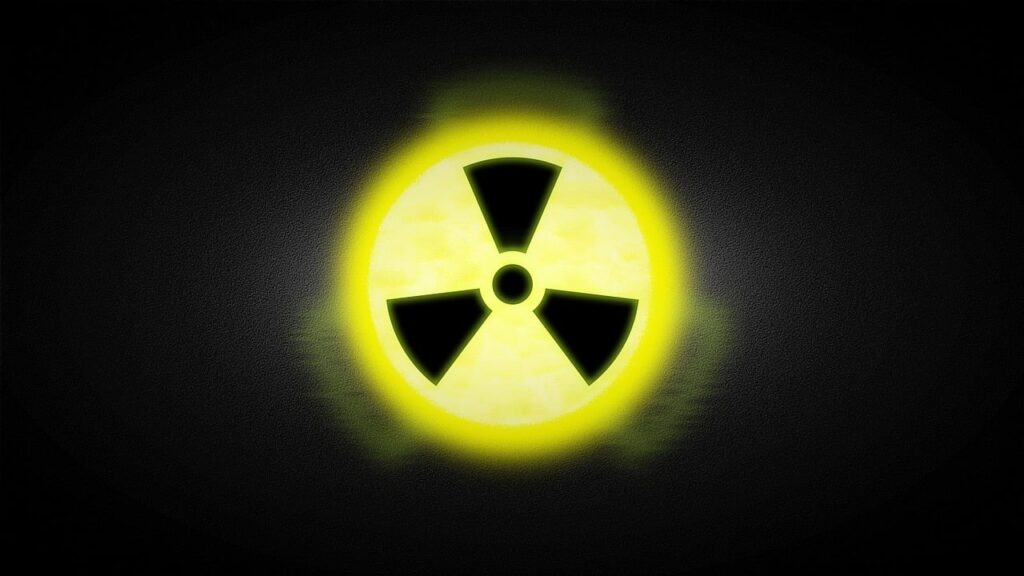
6. **The Chernobyl Disaster and Nuclear Safety Concerns**
If there was ever an event that felt like a terrifying, real-world disaster movie, it was Chernobyl. The 1980s unfortunately bore witness to one of the most catastrophic environmental and human tragedies in history. “Pollution and ecological problems persisted when the Soviet Union and much of the world is filled with radioactive debris from the 1986 Chernobyl disaster.” This wasn’t just localized; it was contamination on an unprecedented scale.
The specifics are chilling: “On 26 April 1986, the Chernobyl disaster, a large-scale nuclear meltdown in the Ukrainian SSR, Soviet Union, spread a large amount of radioactive material across Europe.” Imagine the panic and confusion as an invisible, deadly cloud drifted across national borders. It immediately raised profound questions about nuclear power safety, government transparency, and the long-term consequences of human error.
The human toll was devastating: “killing 47 people” directly, and “dooming countless others to future radiation-related cancer, and causing the displacement of 300,000 people.” Entire cities became eerie ghost towns. Chernobyl was an unforgettable lesson, changing public perception of nuclear energy and leading to stricter safety regulations. It remains a powerful, real-life thriller about humanity’s delicate dance with dangerous technology.
Read more about: Unveiling the Future: Life Aboard the USS Gerald R. Ford, the World’s Largest Aircraft Carrier
7. **The Bhopal Gas Leak: Industrial Catastrophe and Corporate Responsibility**
Another horrific real-life drama unfolded in the 1980s, one that underscored the grave risks of industrial negligence. In 1984, “thousands of people perished in Bhopal during a gas leak from a pesticide plant.” This wasn’t a natural disaster; it was a man-made catastrophe that shocked the world and became a grim symbol of corporate accountability, or lack thereof.
The details are heartbreakingly stark: “In 1984, the Bhopal disaster resulted from a toxic methyl isocyanate (MIC) gas leak at the Union Carbide plant in Bhopal, India.” This deadly chemical plume enveloped the city in the dead of night, catching countless residents off guard as they slept. The immediate aftermath was unimaginable chaos, a scene of mass suffering and death that defied easy comprehension.
The human cost was staggering, “killing 3,000 immediately and ultimately claiming 15,000–20,000 lives.” These numbers represent not just statistics, but individual stories of families torn apart and communities scarred. Bhopal became a flashpoint for discussions about industrial safety, multinational corporate ethics, and victim rights. It sparked global outrage and fueled movements for environmental protection and corporate responsibility, a somber ’80s tale still resonating today.
Alright, Eighties fanatics, if you thought we were done uncovering the decade’s mind-blowing foresight, think again! We’ve only scratched the surface of how the 1980s served up real-life dramas and monumental events that still echo loudly in our world today. Get ready for seven more pivotal moments from the decade, hitting everything from brutal international conflicts to groundbreaking social justice battles, all feeling like they could have been ripped from a script written yesterday.
These aren’t just historical footnotes; they’re the vibrant, sometimes terrifying, often inspiring stories that shaped our geopolitical landscape, sparked movements for human rights, and held corporations accountable. The 80s truly threw down the gauntlet, challenging the status quo and laying bare the complex realities of a rapidly changing world. So, without further ado, let’s dive into more incredible ’80s moments that were so ahead of their time, they practically had a crystal ball!
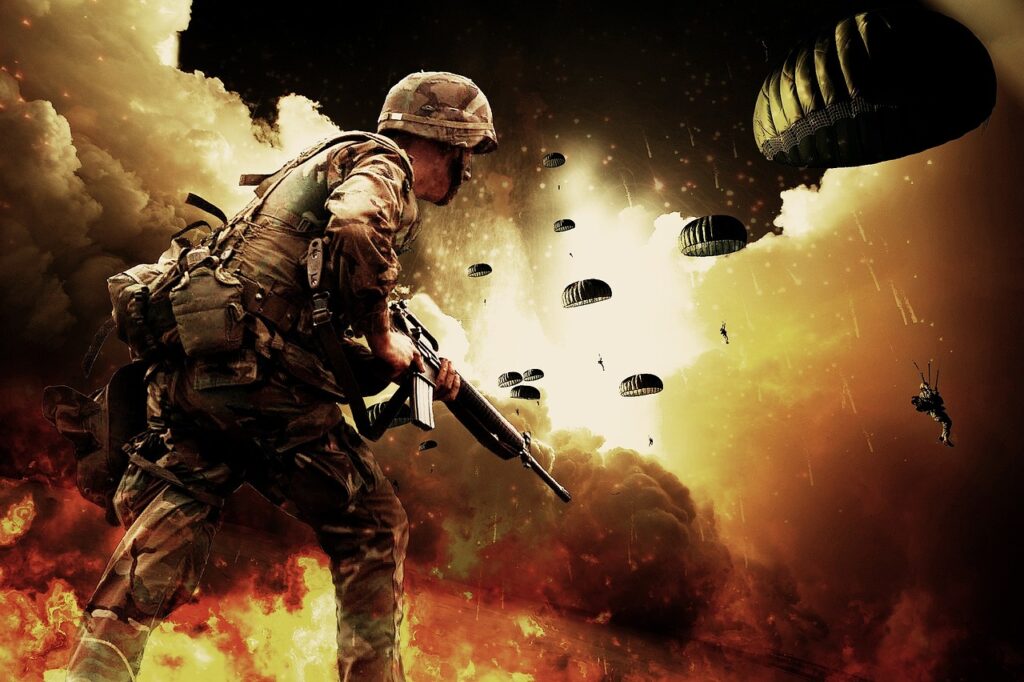
8. **The Iran-Iraq War: A Brutal, Enduring Conflict**
Talk about a protracted struggle! The Iran-Iraq War, raging from 1980 to 1988, was an international conflict of staggering brutality and scale. This wasn’t just a skirmish; it was a devastating eight-year saga that fundamentally reshaped the Middle East, costing untold lives and leaving a legacy of animosity that we still see the ripple effects of today.
Imagine the sheer human cost: “Both sides suffered enormous casualties,” with the poorly equipped Iranian armies suffering worse, even being “forced to use soldiers as young as 15 in human-wave attacks.” And if that wasn’t horrifying enough, “Iraq was accused of using illegal chemical weapons to kill Iranian forces and against its own dissident Kurdish populations.” This was a real-world horror playing out, pushing the boundaries of warfare ethics.
This conflict was a stark reminder of the devastating consequences of regional power struggles, illustrating how deeply entrenched disputes can become. It left “over one million dead and $1 trillion spent,” numbers that are frankly difficult to wrap your head around. The Iran-Iraq War remains a powerful, tragic lesson in the grim realities of protracted military engagement and unchecked aggression.
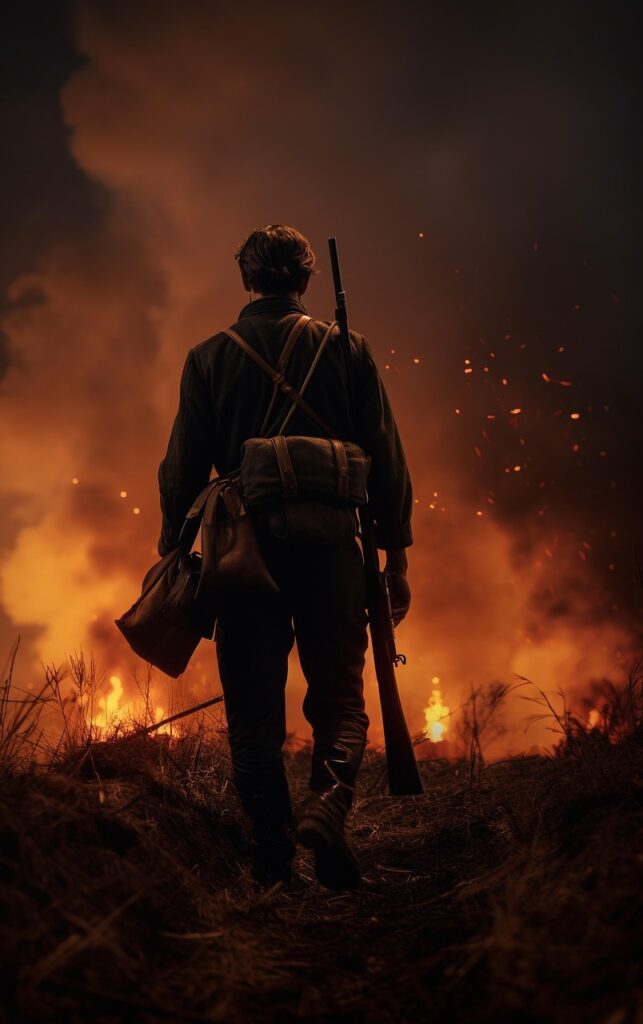
9. **The Soviet-Afghan War: A Proxy Battle with Lasting Consequences**
Now, if you wanted a textbook example of a Cold War proxy conflict with massive, unforeseen consequences, look no further than the Soviet-Afghan War. This wasn’t just a regional dust-up; it was a decade-long struggle from 1979 to 1989 that pitched the Soviet Union against the Islamist Mujahideen Resistance in Afghanistan, funded by a global coalition.
This war was a brutal, protracted affair that became a major geopolitical flashpoint. The “Mujahideen found other support from a variety of sources including the Central Intelligence Agency of the United States (see Operation Cyclone), as well as Saudi Arabia, Pakistan and other Muslim nations.” This international involvement supercharged the conflict, making it a proxy battleground for larger ideological wars.
The human cost was immense, with the war leaving “over 2 million dead.” Beyond the immediate tragedy, this conflict had profound, long-lasting impacts, not least of which was the rise of “many jihadist organizations, including Al Qaeda,” which were set up in the 1980s. The reverberations of this distant, ’80s war continue to shape global security and politics, making it chillingly relevant even now.

10. **The Tiananmen Square Protests: A Fight for Democracy Silenced**
In 1989, the world watched with a mix of hope and horror as the “Tiananmen Square protests of 1989 occurred in the People’s Republic of China.” This was a powerful, moving display of “pro-democracy protesters demand[ing] political reform,” a generation rising up to claim a voice in their future. It was a true moment of raw social justice struggle, inspiring millions globally.
For a time, it felt like anything was possible, like the momentum for change was unstoppable. Students and citizens filled the square, their peaceful demonstrations calling for greater freedoms and an end to corruption. It was a powerful, almost cinematic, display of collective human spirit yearning for a better future, echoing the democratic aspirations seen in other parts of the world.
However, the dream turned into a nightmare when “The protests were crushed by the People’s Liberation Army.” This tragic suppression sent shockwaves around the globe, revealing the fierce resistance of authoritarian regimes to popular uprisings. Tiananmen Square remains a potent symbol of the ongoing struggle for human rights and democracy, a stark reminder of the costs involved in challenging state power.

11. **The First Intifada: The Rise of Palestinian Resistance**
Shifting our focus to another profound social justice struggle, the 1980s also witnessed the eruption of the “First Intifada (First Uprising) in the Gaza Strip and West Bank.” Beginning in 1987, this was a spontaneous and widespread movement where “Palestinian Arabs mounted large-scale protests against the Israeli military presence in the Gaza Strip and West Bank, largely inhabited by Palestinians.” It was a powerful and often desperate cry for self-determination.
This uprising was characterized by civil disobedience, boycotts, and widespread demonstrations, often met with forceful responses. The sheer scale and duration of the Intifada highlighted the deep-seated grievances and aspirations for an independent Palestinian state. It was a pivotal moment in the Israeli-Palestinian conflict, demonstrating the resilience and determination of the Palestinian people.
The First Intifada wasn’t a fleeting moment; it “would continue until peace negotiations began between the Palestinian Liberation Organization (PLO) and the Israeli government in 1993.” This prolonged struggle brought the Palestinian cause to the forefront of international attention, directly influencing subsequent peace efforts and laying bare the complexities of occupation and resistance. Its legacy undeniably shapes the region’s dynamics even today.
12. **Democratization Waves in Asia: South Korea and the Philippines**
While some nations struggled, the 1980s also saw exhilarating surges towards democracy in Asia, proving that the human spirit for freedom is unstoppable! In South Korea, after years under military rule, “Chun Doo Hwan came to power at the end of 1979 and ruled as a dictator until his presidential term expired in 1987.” His era was marked by the Gwangju Uprising in 1980, where “police and soldiers battled armed protesters,” a stark reminder of the authoritarian grip.
But the tide was turning! The “June Democratic Struggle in 1987, a nationwide pro-democracy movement in South Korea, leads to democratic reforms, an end to authoritarian rule and democratic elections.” This incredible grassroots movement paved the way for “Roh Tae Woo, the first democratic ruler of the country.” South Korea’s transition was nothing short of cinematic, showing the power of persistent popular demand for change.
Simultaneously, in the Philippines, after nearly two decades of “dictatorship, Philippine president Ferdinand Marcos left the presidency and was replaced by Corazon Aquino through the ‘People Power Revolution’ from 22 to 25 February 1986.” This “peaceful revolution” saw millions gather, inspiring the world with their non-violent resistance. These moments were truly ahead of their time, predicting the global wave of democratization that would define the end of the century and proving that citizens can, indeed, overthrow oppressive regimes and choose their own destiny.
13. **The Falklands War: A Short, Sharp Conflict with Profound Political Fallout**
Talk about high stakes! The Falklands War, a brief but intense conflict from April to July 1982, was a dramatic, real-life thriller involving the United Kingdom and Argentina. It began when “Argentina invaded the Falkland Islands, sparking the Falklands War,” a bold move that caught the world’s attention and tested the resolve of an established power.
Britain’s response was swift and decisive, as “British forces fought to recover the islands.” The outcome was a clear victory for the UK: “Britain emerged victorious and its stance in international affairs and its long-decaying reputation as a colonial power received an unexpected boost.” It was a moment of national pride and a powerful demonstration of military capability on the global stage.
On the flip side, the defeat was catastrophic for Argentina’s ruling military junta. Its leader, Leopoldo Galtieri, was “left humiliated by the defeat” and “deposed three days after the end of the war.” The Falklands War, though geographically distant for many, had immediate and dramatic political repercussions, shaping the futures of both nations and underscoring the volatile nature of territorial disputes. It was a testament to how swiftly fortunes can turn in international relations, a lesson still keenly felt.
14. **The UK Miners’ Strike: A Clash for Labor Rights and National Identity**
If you want a raw, gritty drama about social justice and corporate (or governmental) accountability, the UK miners’ strike from 1984–85 absolutely delivers! This wasn’t just a dispute; it was “a major industrial action affecting the UK coal industry,” a titanic clash between powerful unions and the Conservative government under Prime Minister Margaret Thatcher.
“The strike by the National Union of Mineworkers (NUM) was led by Arthur Scargill,” igniting a year-long battle over pit closures and workers’ rights. The conflict plunged communities into hardship and divided the nation, becoming a visceral fight for jobs, livelihoods, and the very identity of Britain’s industrial heartlands. It was a struggle of epic proportions, with profound social and economic implications.
The BBC famously dubbed it “the most bitter industrial dispute in British history,” and for good reason! At its height, the strike “involved 142,000 mineworkers,” making it an enormous display of collective action and resistance. This ’80s struggle fundamentally reshaped the landscape of labor relations in the UK, demonstrating the immense power, and ultimate vulnerability, of organized labor against determined government policy. The echoes of this battle over work, community, and power are undeniably relevant in today’s shifting economic landscape.
Wow, what a ride through the 1980s! From the birth of our digital world to battles for human rights, and from geopolitical chess matches to devastating industrial tragedies, this decade was a whirlwind of change that absolutely set the stage for everything that followed. These ’80s moments weren’t just playing catch-up; they were literally writing the script for the 21st century. It’s truly amazing how a period often remembered for its wild fashion and catchy tunes was actually a profound incubator for the complex, interconnected world we navigate every single day. The Eighties truly had their finger on the pulse of the future, and we’re still living in their glorious, chaotic, and utterly unforgettable aftermath!


